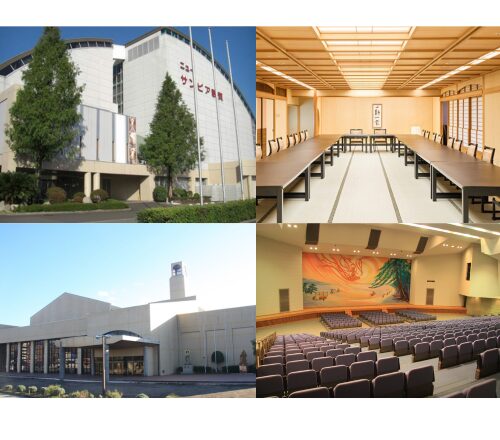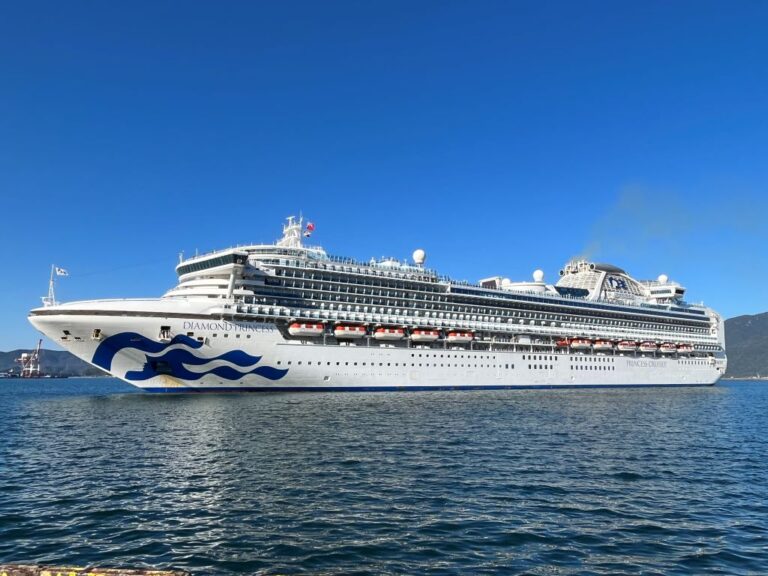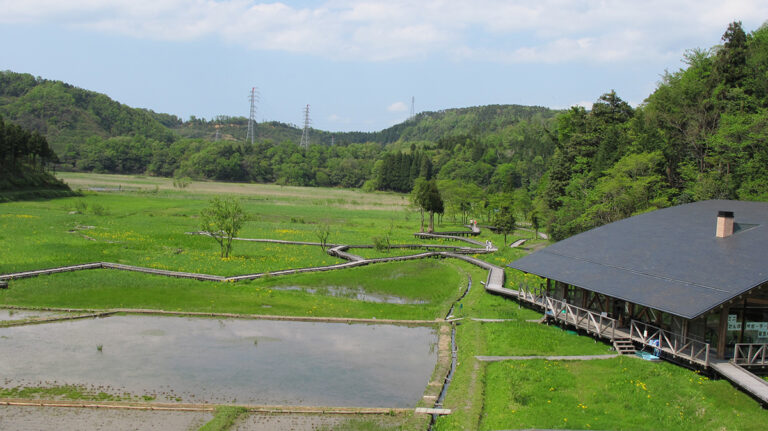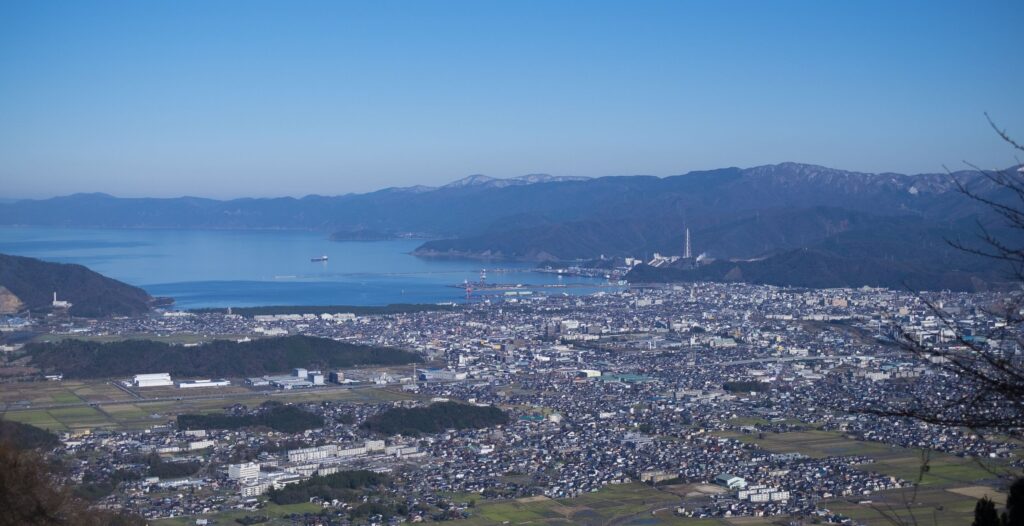
Tsuruga – A City of Railways and Ports
Tsuruga, a strategic hub on the Sea of Japan coast, has long flourished as a gateway to the Asian continent. In 1882 (Meiji 15), the railway between Tsuruga and Nagahama opened, making Tsuruga the first city on the Sea of Japan side to have a railway. From the Meiji period to the early Showa era, a regular shipping route was established between Tsuruga Port and Vladivostok, Russia. Tsuruga also thrived as a transit point for the Eurasian International Express, which connected Tokyo and Paris. As a result, many retro-romantic spots related to the modern port and railway heritage still remain in Tsuruga today.
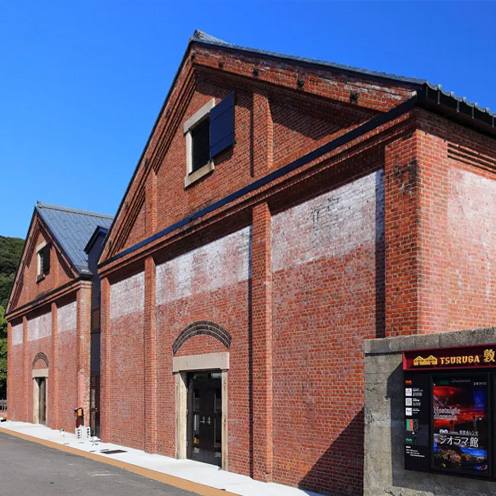
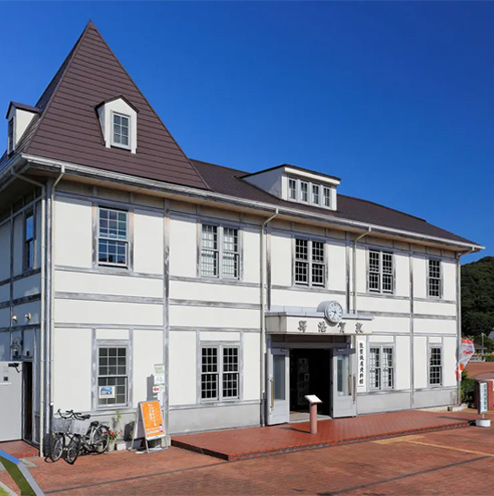
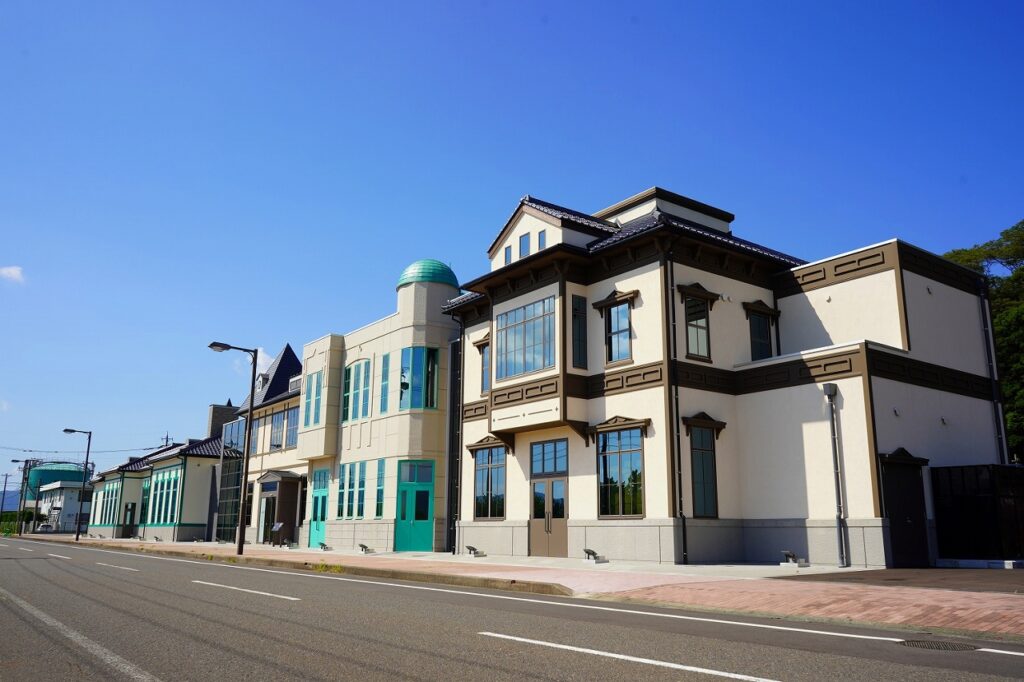
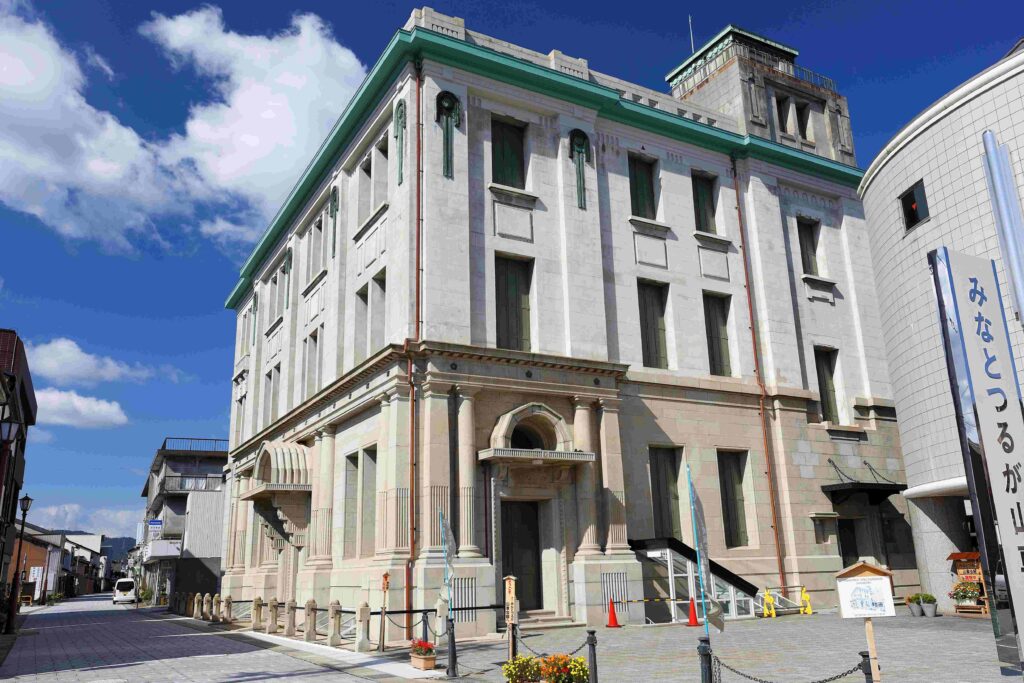
Events for Every Season
Located in the center of Fukui Prefecture and facing the Sea of Japan with an open view of Tsuruga Bay to the north, Tsuruga is a nature-rich town surrounded on three sides by mountains and enclosed by the bay and plains. One of its charms is the variety of seasonal events held throughout the year.In spring, the Hanakase Festival at Kanegasakigu Shrine is famous, where men and women exchange cherry blossom branches to express their feelings—a tradition said to have begun long ago.In summer, Kehi no Matsubara, one of Japan’s three great pine groves, becomes the stage for floating lanterns and a grand fireworks display that lights up the night sky.In autumn, the Tsuruga Festival at Kehi Jingu Shrine, the chief shrine of the Hokuriku region, features parading floats and draws large crowds of visitors.In winter, the Miraie illumination event held at Kanegasaki Green Park by the harbor creates a magical atmosphere with beautiful lights.
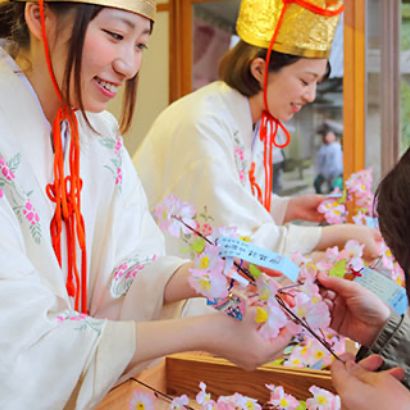
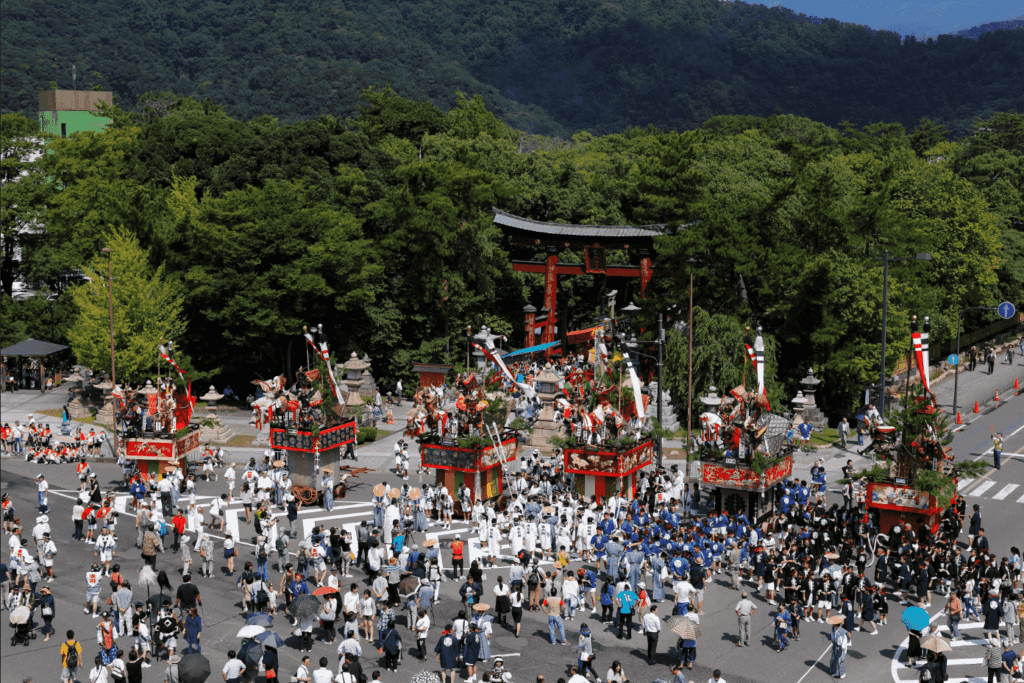
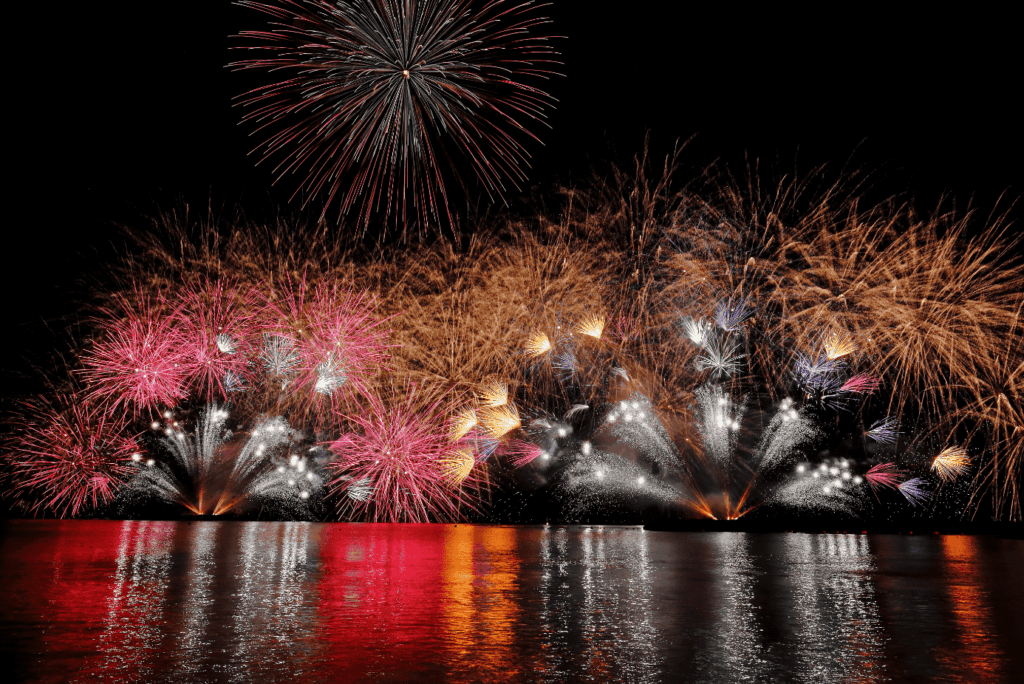
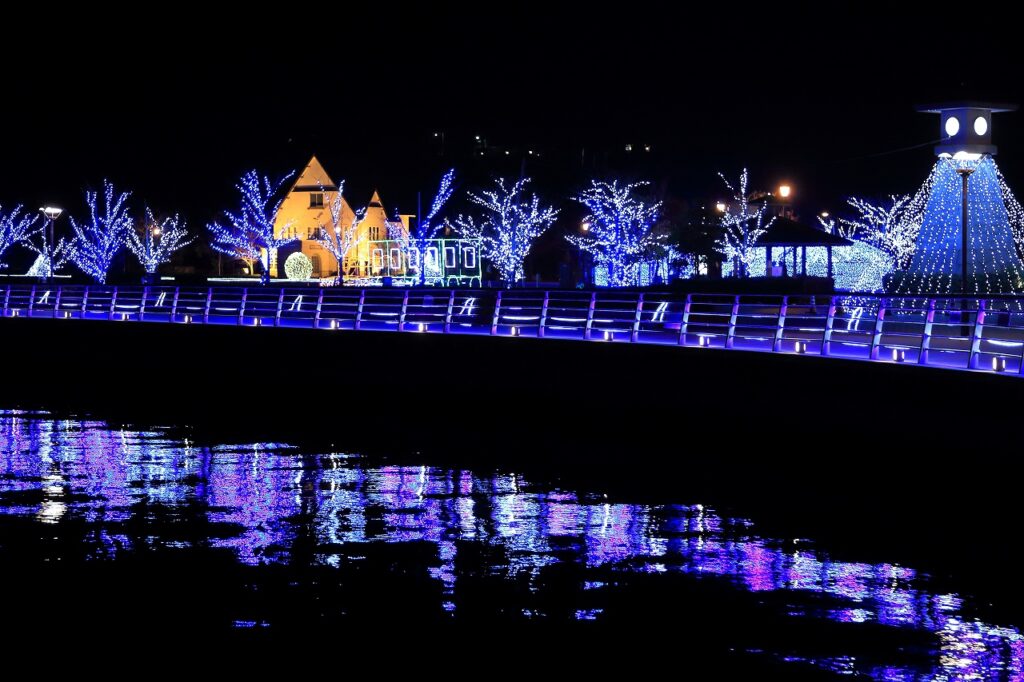
Fresh Seafood from the Sea of Japan
The port of Tsurga, which has flourished as a transit point for Kitamae ships since the Edo period. There is a thriving food processing industry that uses marine products such as ragged kelp. In addition, Tsuruga Bay, which is characterized by a rias coast with many inlets, is less susceptible to the rough waves of the Sea of Japan, and it is suitable for farming rich in minerals and microbes due to snow melt water from the three mountains surrounding the bay, and raises brand fish such as Tsuruga Fugu and Tsuruga Bream. Tsuruga is famous for its sea products, but its agricultural products also include Higashiura mandarin oranges, which was once said to be the northern limit of mandarin cultivation, and the red kabba, a traditional vegetable that has been preserved for more than 150 years.


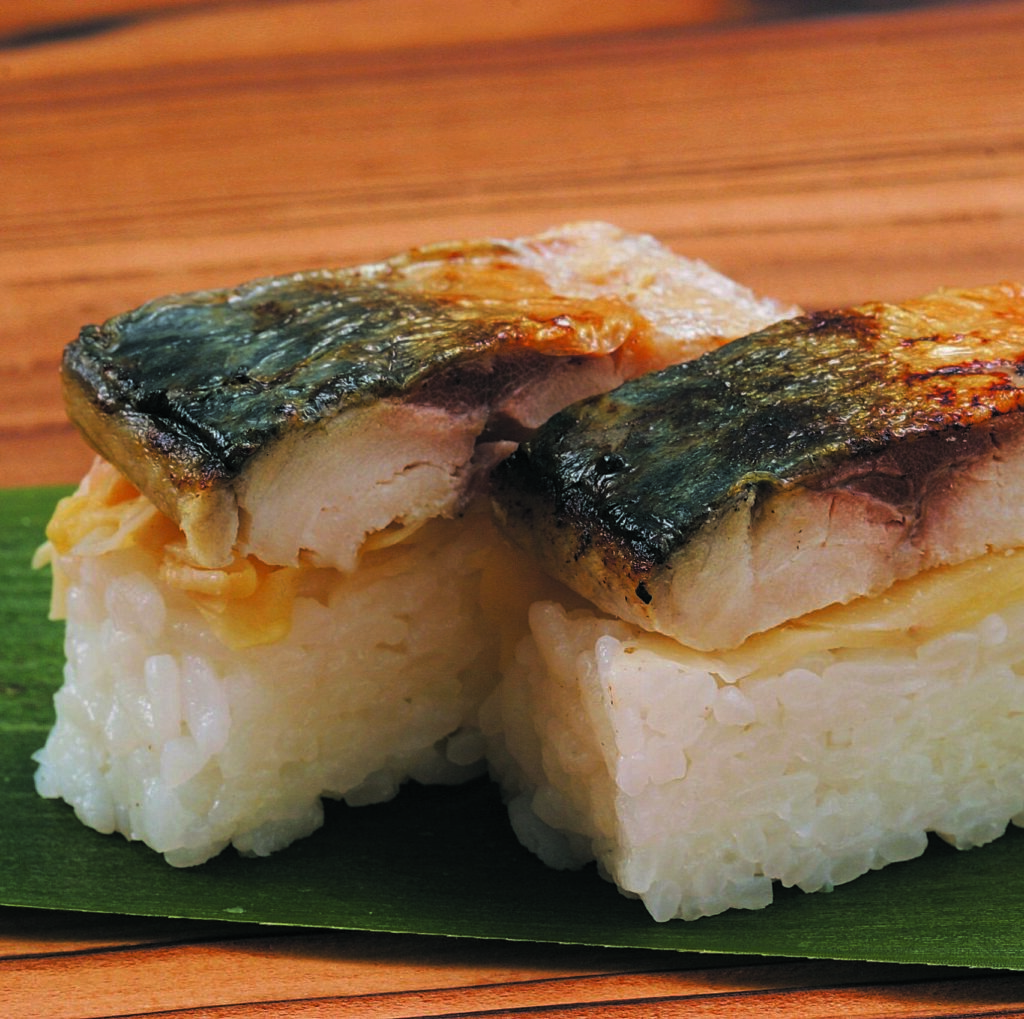
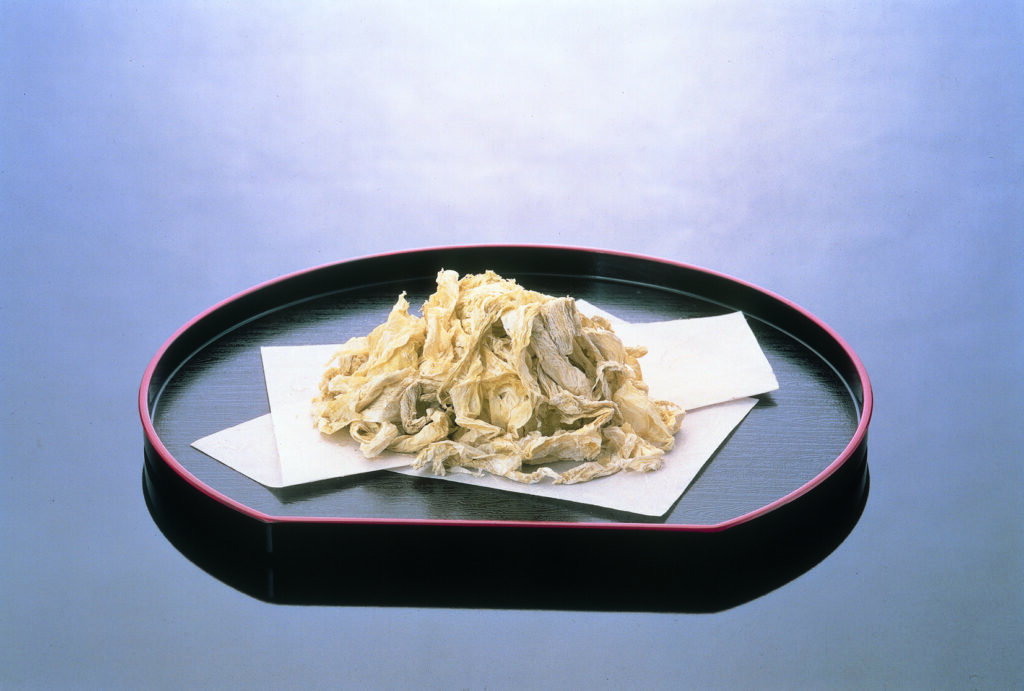
Access Information
Tsuruga City is well connected by various modes of transportation, including railways, expressways, air routes, and ferries, making it easily accessible from across Japan. In particular, with the extension of the Hokuriku Shinkansen to Tsuruga in March 2024, travelers can now reach Tsuruga directly from Tokyo in as little as 3 hours and 8 minutes without transfers. In addition, using Komatsu Airport, you can arrive in Tsuruga in approximately 1 hour and 40 minutes from Hokkaido, Kyushu, or Okinawa. From Nagoya and Osaka, it takes about 1.5 to 2 hours via expressways or highway buses. Thanks to this convenient transportation network, Tsuruga City offers excellent accessibility from all over the country.
| Transportation Options | Departure Point | Time Duration |
|---|---|---|
| Train | Tokyo Station | About 2 hours 50 minutes |
| Train | Osaka Station | About 1 hour 20 minutes |
| Train | Nagoya Station | About 1 hour |
| Train | Kanazawa Station | About 40 minutes |
| Car | Tokyo | About 5 hours 40 minutes |
| Car | Osaka | About 2 hours |
| Car | Nagoya Station | About 1 hour and 40 minutes |
| Car | Kanazawa | About 1 hour 20 minutes |
| Airplane | New thousand years old | About 3 hours |
| Airplane | Haneda Airport | About 2 hours and 15 minutes |
| Airplane | Fukuoka Airport | About 2 hours 30 minutes |
| Airplane | Naha Airport | About 3 hours 30 minutes |
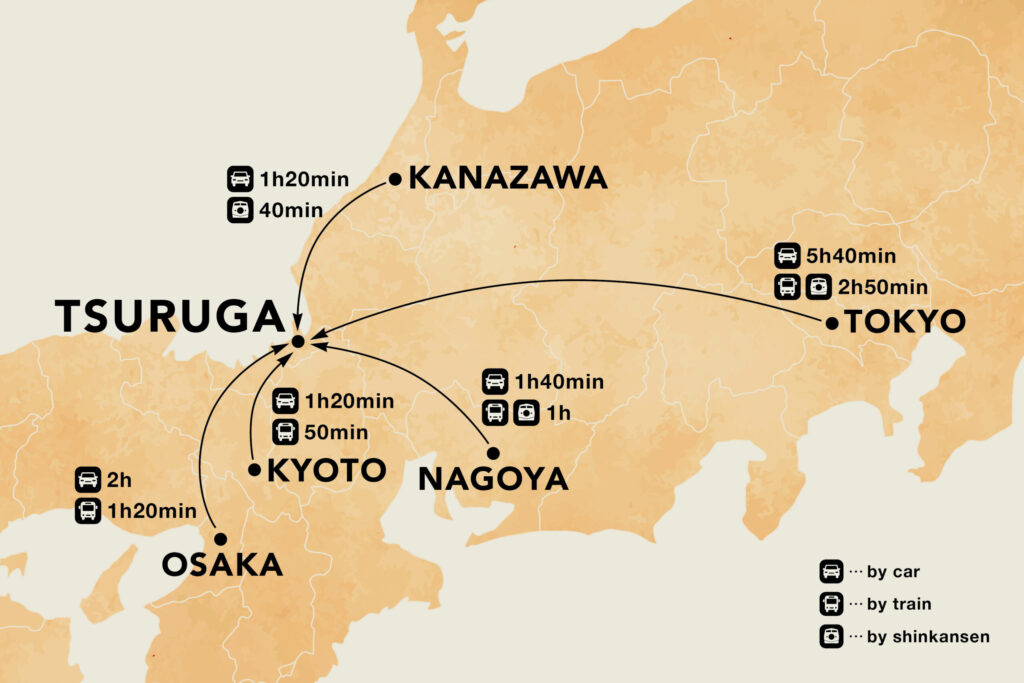
Efforts Toward Energy Diversification
Tsuruga City was the first in the three Hokuriku prefectures to be selected as a Decarbonization Leading Area. The city is actively engaged in the development of diverse energy sources, including nuclear power, hydrogen energy, and renewable energy.
Nuclear Power Generation
Tsuruga is home to a nuclear power plant that plays an important role in both ensuring a stable power supply and achieving carbon neutrality.
Hydrogen Energy
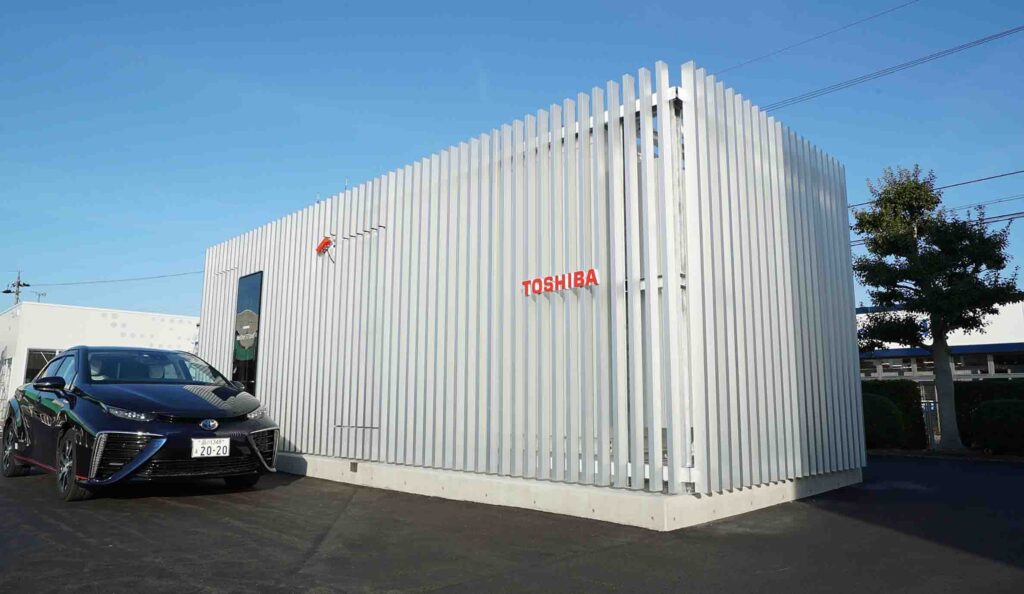
Hydrogen is being produced using electricity from renewable energy and nuclear power, and various demonstration projects are underway.
Renewable Energy

Tsuruga City is working to supply renewable energy—such as solar power generated within the city, including post-FIT electricity—to public facilities and other municipal buildings.

